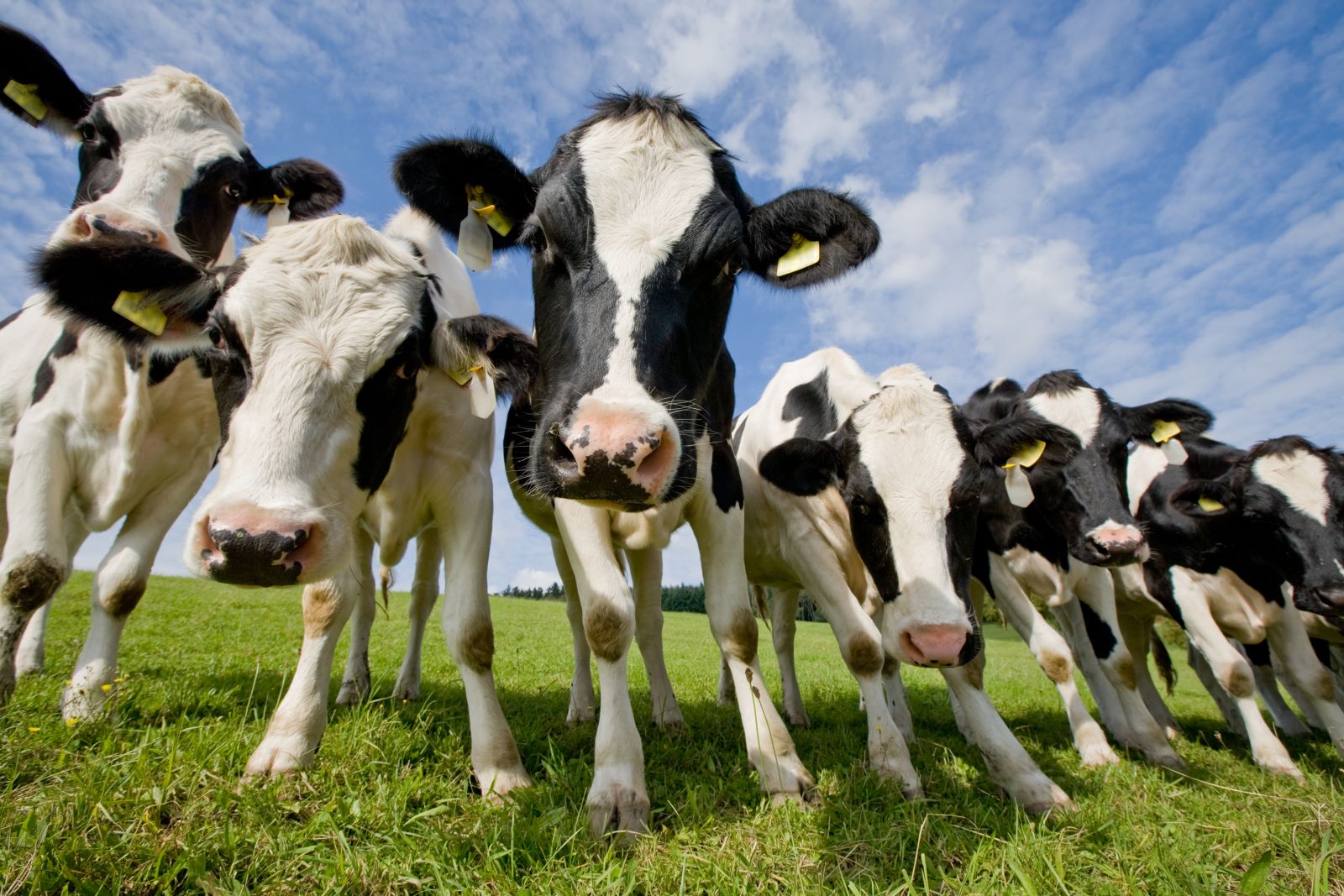
Live cattle (LEJ25) and lean hog (HEJ25) futures markets prices are experiencing steep price downturns as the U.S. ramps up tariffs that threaten to crimp $1 trillion in global commerce. April live cattle futures prices fell to a nine-week low Tuesday, while lean hog futures dropped to a 5.5-month low. Feeder cattle (GFK25) futures are showing a bit more resilience but are still seeing selling pressure.


President Donald Trump’s new tariffs on imports from Canada, Mexico and China went into effect Tuesday. The tariffs include 25% duties on imports from Mexico and Canada and a doubling of duties on Chinese imports, to 20%. Trump said the U.S. would impose new duties on foreign agricultural products starting on April 2. China said it is imposing new tariffs on U.S. agricultural products. Additional 15% tariffs will be slapped on U.S. chicken, wheat (MWK25), corn (ZCK25), and cotton (KGK25). Additional 10% tariffs will be imposed on sorghum, soybeans (ZSK25), pork and beef. Canada announced immediate 25% tariffs on over $20 billion in U.S. imports, with additional tariffs on $86 billion worth of U.S. goods to be implemented in three weeks. Mexico is waiting until next Sunday to announce retaliatory tariffs. The delay may signal that Mexico still thinks there is a way to avoid the new U.S. tariffs.
Veteran policy analyst Jim Wiesemeyer reports: “Despite acknowledging potential U.S. economic pain, Trump imposed steep tariffs on Canada, Mexico and China to push his ‘America First’ agenda. He aims to leverage these tariffs to pressure these key trading partners into combating drug trafficking. However, some analysts note the move risks damaging U.S. interests, potentially driving Canada and Mexico toward alternative trade partners, including China, and leaving America more isolated globally.”
U.S. Pork Industry Taking a Major Hit
The U.S. pork industry stands to suffer in the new trade environment. China, Canada and Mexico are major U.S. pork importers. Look for lean hog futures prices to be the leader on the downside in the near term. However, the selloff in the U.S. stock market is also sapping U.S. consumer confidence, which will likely reduce demand for beef at the meat counter.
One Positive for Livestock Is a Slumping U.S. Dollar
The U.S. Dollar Index ($DXY) this week hit a nearly three-month low and prices are trending down on the prospects of a global trade war dampening what had been good U.S. economic growth the past several months. In a bearish environment, this is one positive for U.S. agricultural exports. Much of global trade is priced in U.S. dollars. A weakening greenback makes U.S. products cheaper to purchase on world markets, in non-U.S. currency.

History Shows Futures Markets Initially Overreact to Major Fundamental Events
Importantly, futures markets price history shows that major fundamental developments that may or may not be unexpected tend to see initial price reactions that are knee-jerk and even extreme.
This is because futures traders tend to initially factor in a worst-case outcome. However, worst-case outcomes in major fundamental events rarely ever come to fruition. If the global trade war concerns are indeed overblown, which is my bias, then ag futures prices that have taken a beating over the past few weeks are, or will soon become, value-buying opportunities. This includes livestock futures. Purchasing out-of-the-money call options on live cattle and lean hog futures soon would be a good plan of action if such a scenario plays out.
Pay Extra Close Attention to the U.S. Stock Indexes
Livestock market watchers, producers and traders need to pay extra close attention to the daily movements in the major U.S. stock indexes — namely the S&P 500 Index ($SPX) and the Nasdaq Composite Index ($NASX). Those two indexes this week hit multi-month lows on the uncertainty and anxiety over the new U.S. tariffs. When these two stock indexes begin to recover from their present downturns, and they will, that’s when the cattle and hog futures markets will also get a positive signal that near-term market bottoms are likely in place and that prices will likely begin to trend up.








